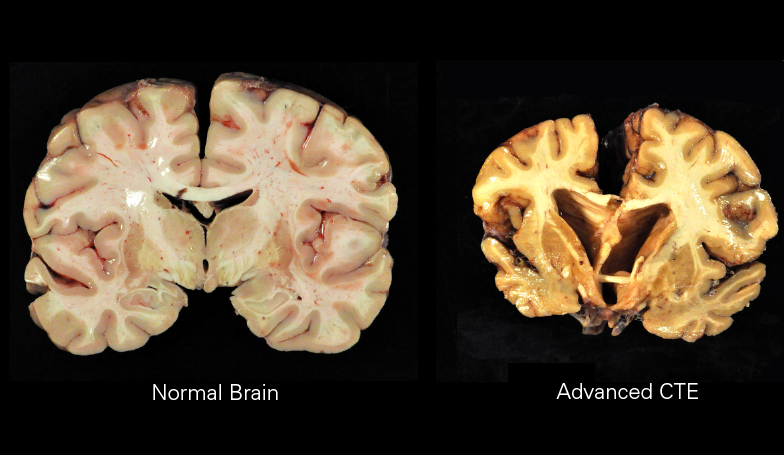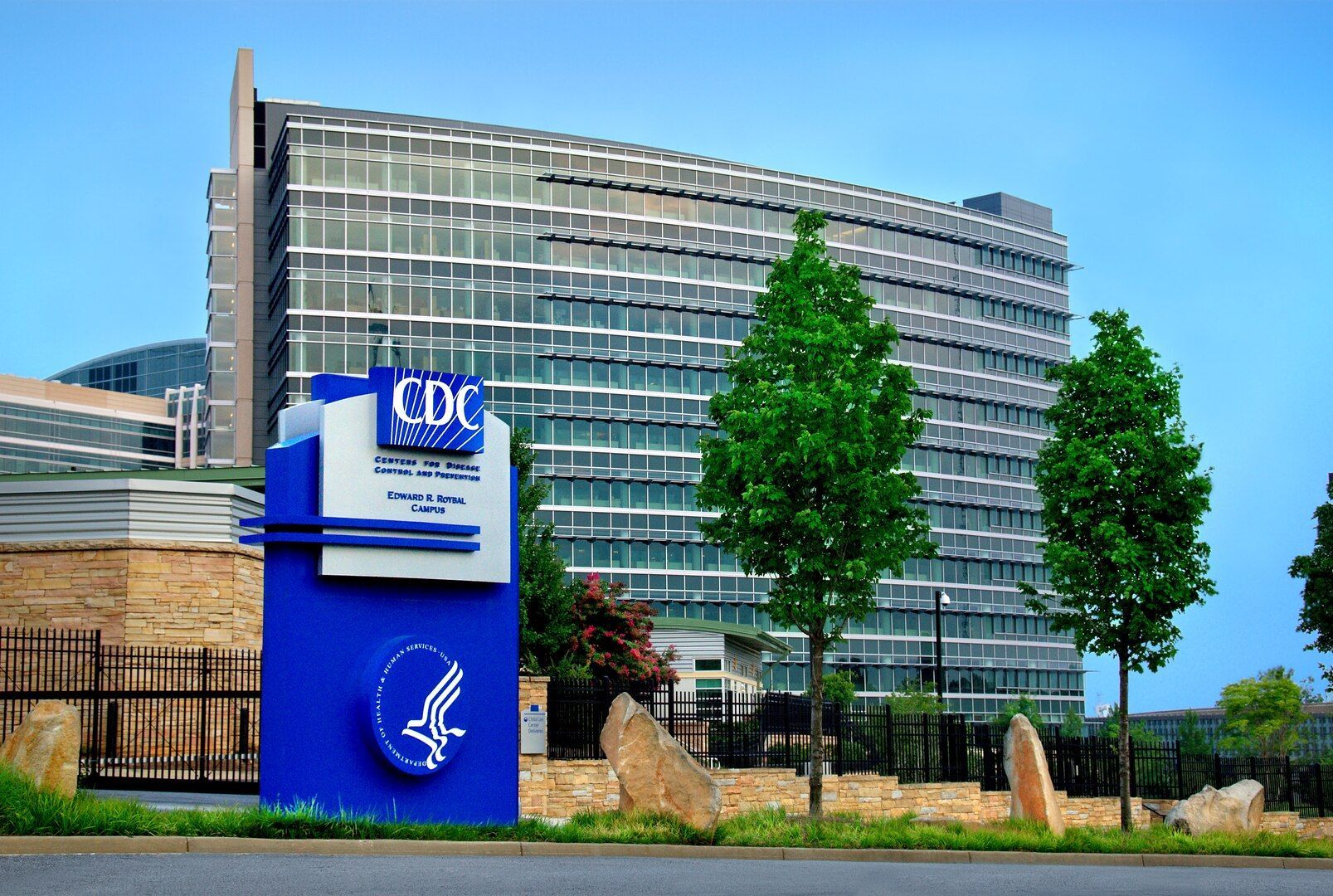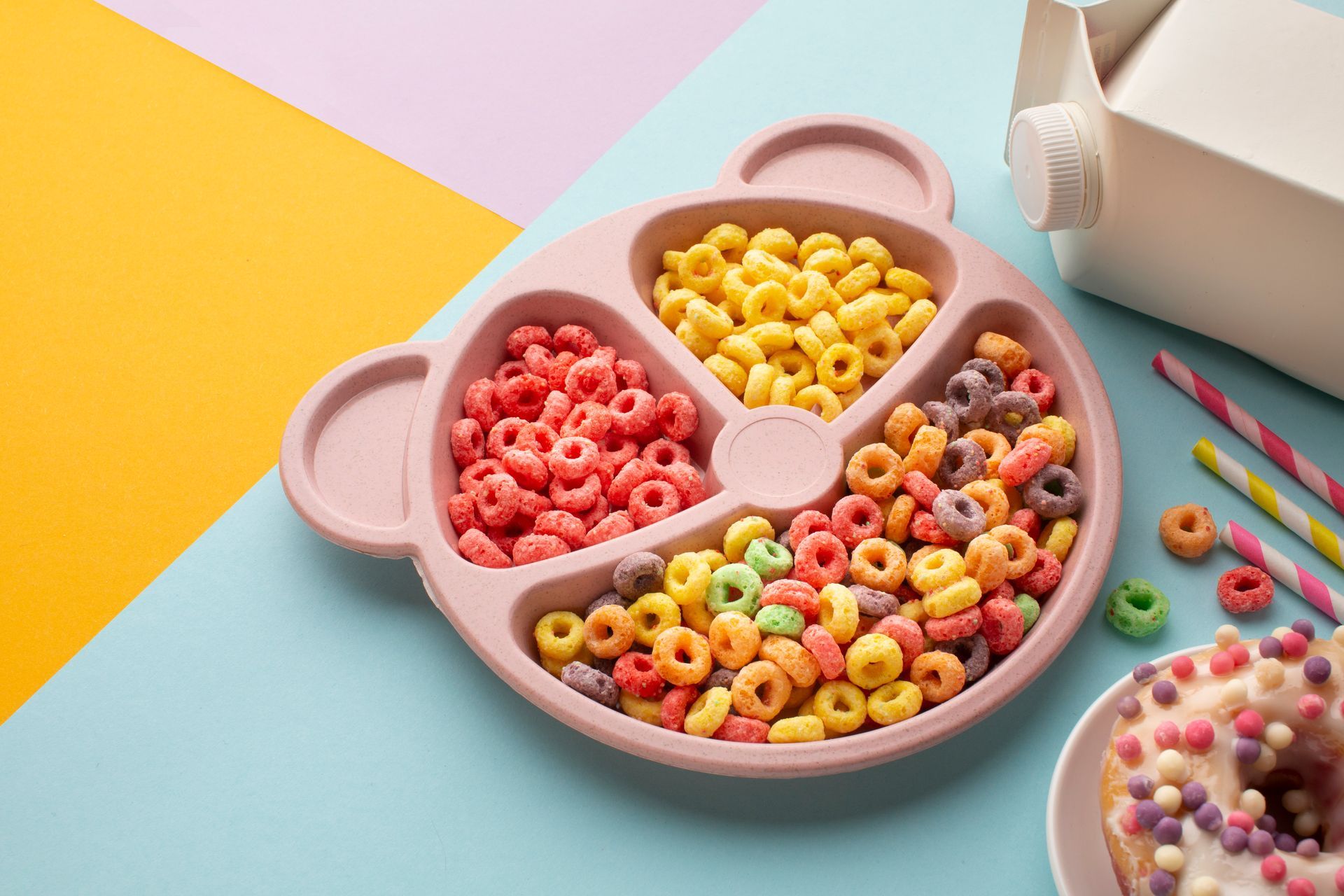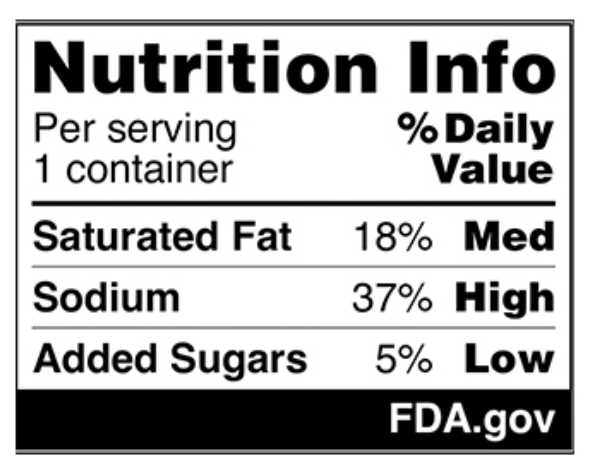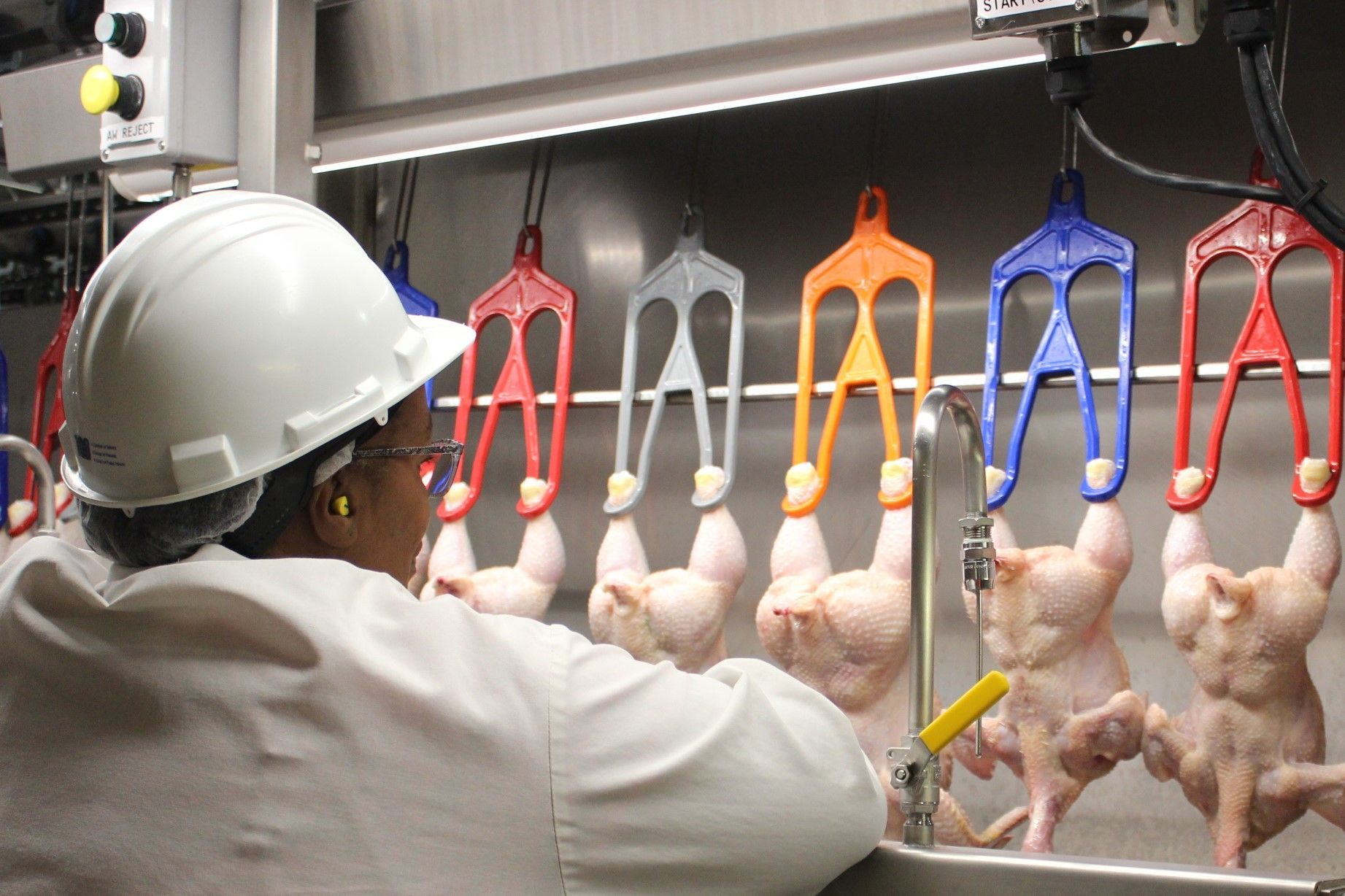HOLIDAY FOOD SAFETY: PROTECTING YOUR FAMILY FROM SALMONELLA & LISTERIA THIS THANKSGIVING
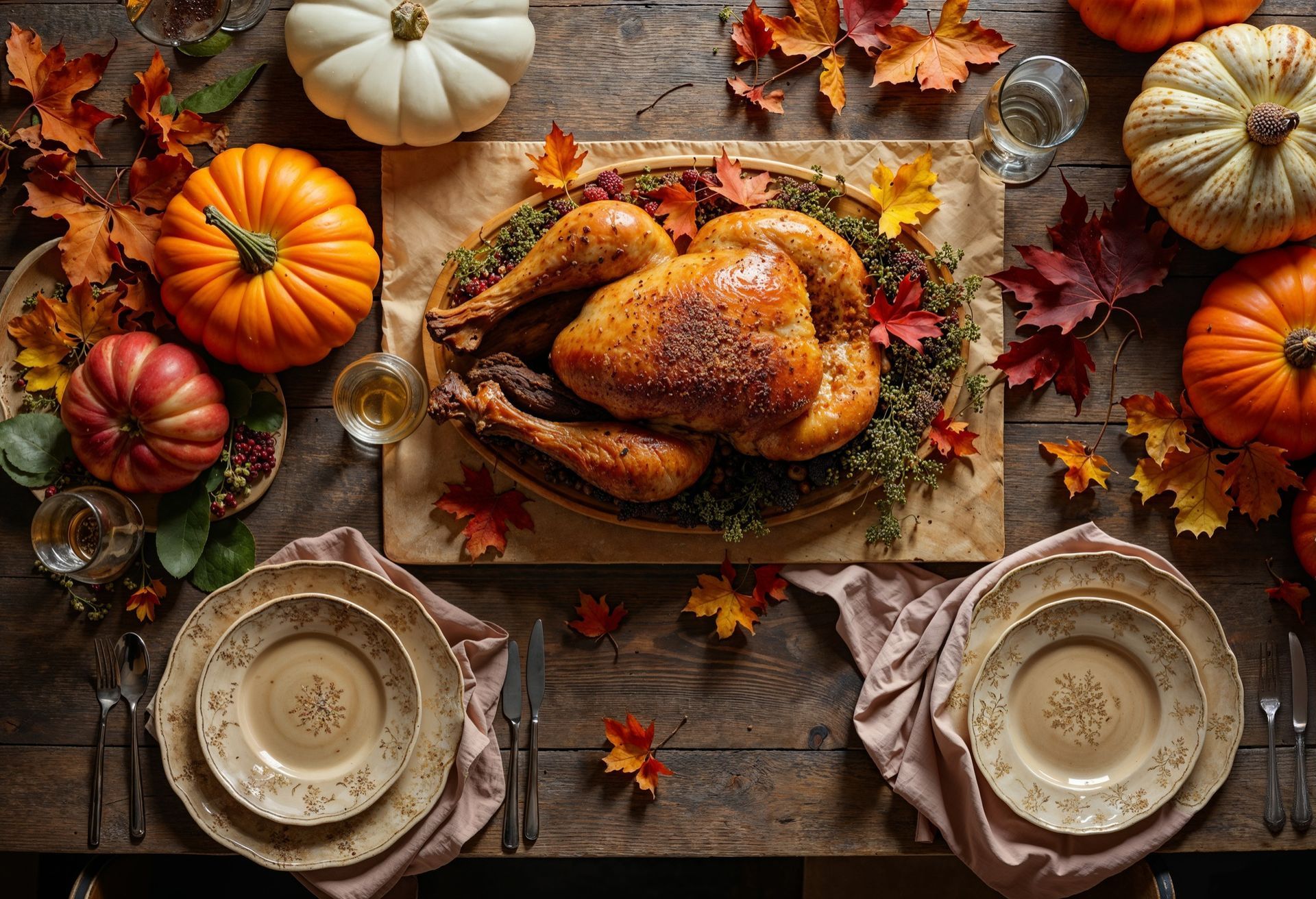
As Thanksgiving approaches, kitchens across the country are about to come alive with the sounds and smells of holiday cooking. While this season brings family, gratitude, and plenty of delicious food, it also comes with a serious and often overlooked risk: foodborne illness. In the U.S., Salmonella and Listeria remain two of the most dangerous and persistent causes of food poisoning—especially during the holidays, when increased food preparation, crowded refrigerators, and large holiday meals create ideal conditions for bacterial growth.Whether you’re hosting your first Thanksgiving dinner or you’re a seasoned holiday chef, brushing up on a few key food safety practices can help you keep your loved ones healthy and your celebration memorable for all the right reasons.

Why Salmonella and Listeria Are So Dangerous
Salmonella
Salmonella bacteria are commonly found in raw poultry, eggs, unpasteurized dairy, and sometimes produce. It causes an infection called salmonellosis, which can lead to severe gastrointestinal illness. Each year, Salmonella infects over a million Americans. Symptoms can be especially dangerous for young children, older adults, pregnant individuals, and people with weakened immune systems. Holiday meal prep often involves handling raw turkey—one of the highest-risk foods for Salmonella contamination. When large turkeys thaw on countertops, juices drip in the fridge, or cutting boards aren’t cleaned properly, bacteria can spread quickly across kitchen surfaces.
Listeria
Listeria monocytogenes is particularly dangerous because it thrives even at refrigerator temperatures. While less common than Salmonella, it is far more deadly, especially for pregnant individuals, newborns, older adults, and those with weakened immune systems. Listeria is often associated with deli meats, soft cheeses, smoked fish, and ready-to-eat foods that aren’t reheated before serving. Holiday grazing tables—featuring cheese boards, charcuterie, and cold appetizers—can inadvertently create opportunities for Listeria to spread, especially if foods sit out for long periods.

Protecting Your Holiday Meal: Essential Tips
1. Safely Thaw Your Turkey
Never thaw a turkey on the counter. Bacteria multiply rapidly at room temperature, and the surface of the bird can reach the “danger zone” (40–140°F) long before the inside has thawed.
Safe methods include:
◾Refrigerator thawing: The safest method. Allow 24 hours of thawing per 4–5 pounds of turkey.
◾Cold water thawing: Submerge the turkey in cold water, changing the water every 30 minutes.
◾Microwave thawing: Only if the turkey fits and you plan to cook it immediately.
2. Avoid Cross-Contamination
Raw turkey and its juices can contaminate anything they touch.
Follow these rules:
◾Use separate cutting boards for raw poultry and other foods.
◾Wash hands with warm, soapy water for 20 seconds before and after handling raw meat.
◾Clean and sanitize countertops, knives, and utensils that come into contact with raw turkey.
3. Cook to the Right Temperature
Don’t rely on color, texture, or “gut feeling.” A meat thermometer is your best defense.
Key temperatures:
◾Turkey: 165°F measured in the thickest part of the breast and thigh.
◾Stuffing (if cooked inside the bird): 165°F
◾Leftovers: Reheat to 165°F
If your turkey is stuffed, be extra careful—stuffing can insulate bacteria if not heated thoroughly.
4. Keep Cold Foods Cold and Hot Foods Hot
Once your Thanksgiving buffet opens, the clock starts ticking. Bacteria grow rapidly between 40°F and 140°F.
◾Don’t leave perishable foods out for more than 2 hours.
◾Use ice trays or cold packs under cheese boards or cold platters.
◾Keep hot dishes in warmers or warming trays.
5. Practice Smart Refrigerator Management
Holiday fridges are notoriously overcrowded—but overstuffing reduces airflow and creates uneven cooling.
◾Keep raw meats on the bottom shelf, sealed and away from produce.
◾Store ready-to-eat foods (like cheese, cut fruit, and desserts) on upper shelves.
◾Wipe spills immediately, especially leaks from thawing poultry.
Remember, Listeria can grow in the refrigerator, so clean your fridge before and after the holidays.
6. Rinse Produce—But Not Poultry
Wash fruits and vegetables under running water before preparing them. But never wash raw turkey. Rinsing poultry only spreads bacteria around your kitchen. Cooking is the only way to kill Salmonella on poultry.
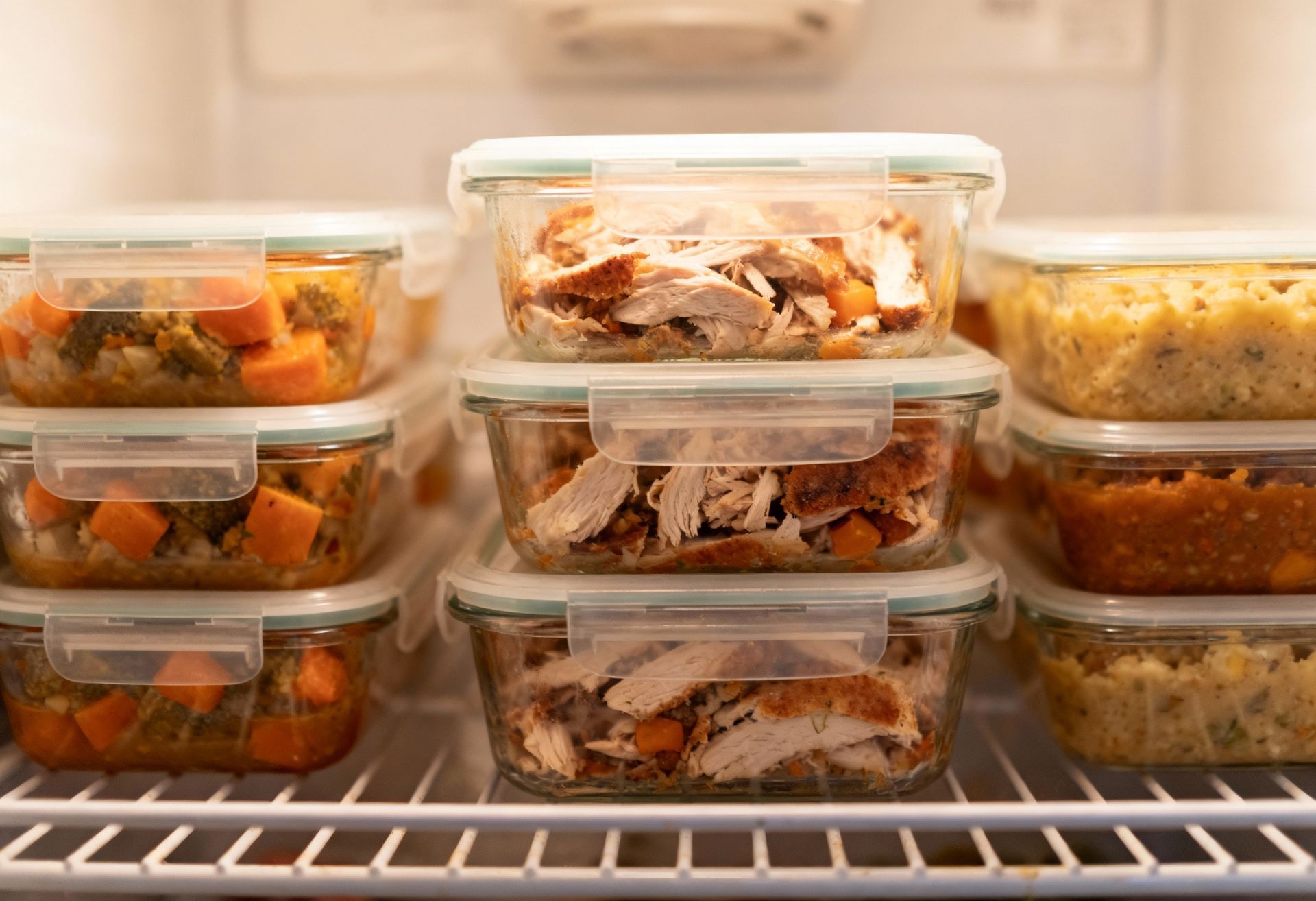
Handling Leftovers: A Hidden Food Safety Challenge
Thanksgiving leftovers are almost as beloved as the meal itself, but mishandling them can lead to foodborne illness long after the dishes are cleared.
◾Refrigerate leftovers within 2 hours of cooking.
◾Divide large amounts into shallow containers for quick cooling.
◾Enjoy leftovers within 3–4 days, or freeze for longer storage.
If something smells off—even slightly—throw it out. “When in doubt, throw it out” is a motto worth memorizing.

A Safe and Happy Thanksgiving Starts in the Kitchen
Thanksgiving is about sharing food and gratitude, but it’s also a time when foodborne illnesses spike across the country. With a few mindful precautions and an understanding of how dangerous pathogens like Salmonella and Listeria spread, you can protect your family and serve a feast that’s as safe as it is delicious.
This holiday season, let your kitchen be a place of warmth and celebration—not contamination. By following these simple food safety practices, you’ll ensure that the only thing your guests take home is a full belly and fond memories.

